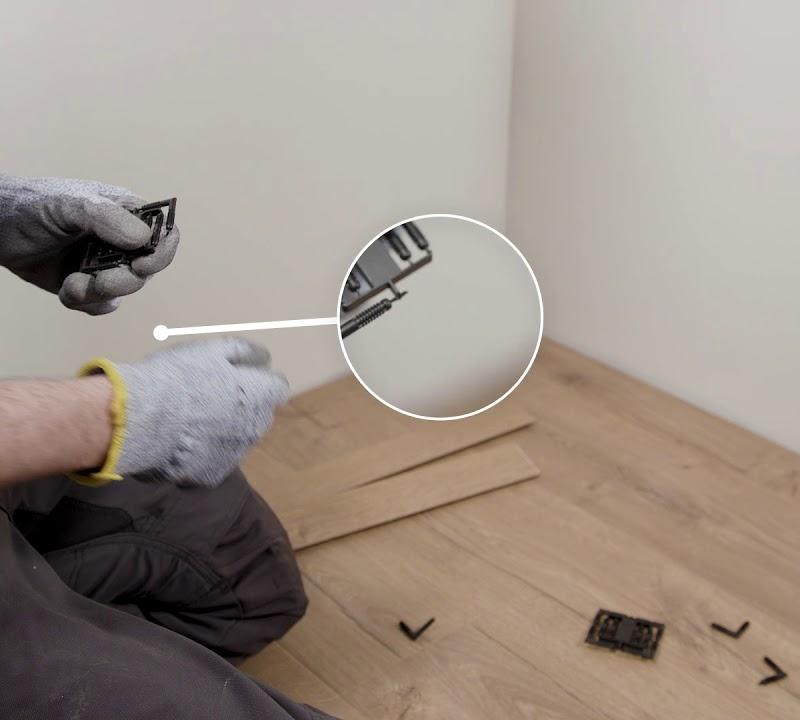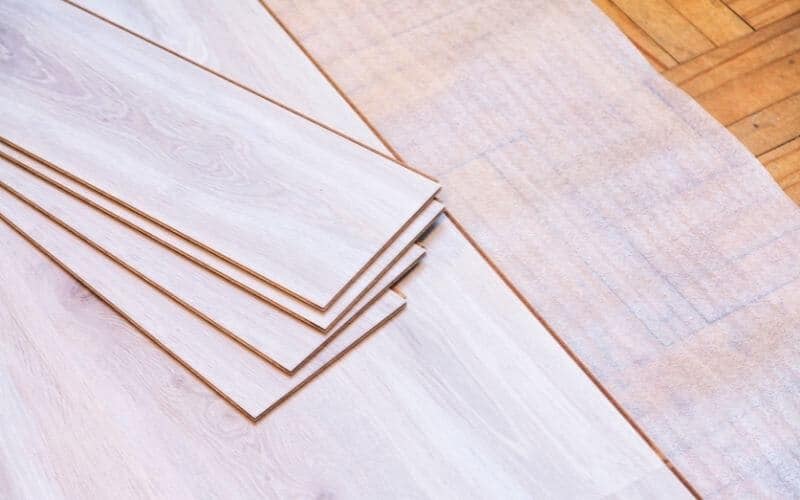Imagine this: you’ve finally chosen the perfect laminate flooring for your home. It’s durable, stylish, and will complete your vision of the perfect space. You can almost feel the satisfying click of each plank as you envision the transformation. But then, you come across this confusing term: “acclimation.” You’re left wondering – is this absolutely essential for a successful installation, or just another hurdle in the way?

Image: premiumfloors.com.au
Acclimation is a crucial topic when it comes to laminate flooring. It’s not just a technical term, but a key to ensuring a long-lasting and beautiful outcome. While it might seem like just another step in the process, failing to acclimate your flooring properly could lead to problems down the road, from uneven planks to gaps and warping – essentially, a complete nightmare for your dream renovation. So, let’s delve into the world of acclimation, uncover its importance, and empower you to make informed decisions about your flooring installation.
Unpacking the Mystery: What is Laminate Flooring Acclimation?
Before we dive into the “why,” let’s first understand “what.” Acclimation simply means allowing your laminate flooring to adjust to the temperature and humidity of the room where it will be installed. Think of it as giving the planks a chance to breathe and adapt to their new environment before they are permanently laid down.
Laminate flooring is made up of various layers, including a core layer, a decorative layer, and a wear layer. These layers are susceptible to changes in temperature and humidity, influencing their expansion and contraction. This movement is natural, but if your flooring isn’t acclimated, these fluctuations can cause problems during and after installation.
Why Acclimation Matters: The Potential Pitfalls of Ignoring It
You’re probably thinking, “Okay, I get it. Acclimate the flooring. But is it really that important?” The truth is, it absolutely is! Here’s why:
- Expand and Contract Like a Living Thing: Just like our bodies adjust to various climates, laminate flooring reacts to temperature and humidity changes. If you install the flooring directly from a cold warehouse or delivery truck into a warm room, the sudden change in temperature can cause it to expand. This expansion can lead to buckling, gaps between planks, and even damage to the locking system. Imagine your beautiful new floor becoming uneven, with unsightly gaps appearing as if by magic!
- Humidity: The Silent Culprit: Humidity is another often overlooked factor. Laminate flooring tends to absorb moisture, particularly in environments with high humidity. If your flooring isn’t given time to adjust to the humidity levels in your home, it can expand excessively, causing warping and buckling. This leads to a frustrating and potentially costly problem that you’ll wish you had avoided.
- Avoid Unnecessary Frustration and Cost: Acclimation might seem like a minor detail, but it can save you significant frustration and financial burden down the road. Imagine installing your flooring only to discover gaps, buckling, or warping – all because it wasn’t acclimated properly. It’s a truly avoidable tragedy!
The Acclimation Process: How Long and How?
Now that you understand the importance of acclimation, let’s discuss the process itself. Here’s what you need to know:
- The Acclimation Period: Ideally, you should acclimate your laminate flooring for at least 48 hours before installation. However, this timeline can vary depending on your specific climate and the size of your project. If you live in a particularly humid or dry environment, it’s best to err on the side of caution and allow for a longer acclimation period.
- Environment Matters: The ideal environment for acclimation is a well-ventilated room at a temperature of 65-75 degrees Fahrenheit and a humidity level between 30-50%. It’s also crucial to ensure that the flooring is stored flat, not stacked vertically. So, find a well-ventilated space, preferably your living room, where the flooring can lie flat, comfortably adjusting to its new home.

Image: floorcarekits.com
Acclimation: It’s Not Just a “Must”, it’s a Must-Do
Acclimation, in essence, is an investment in the longevity and beauty of your laminate flooring. It’s about avoiding those unforeseen issues that can turn your dream renovation into a stressful and costly affair.
Expert Advice: Top Tips for Successful Acclimation
You’re not alone on this journey! Experienced flooring professionals offer invaluable insights for seamless acclimation:
- Trust the Professionals: If you’re unsure about the specific requirements for your flooring, don’t hesitate to reach out to your flooring retailer or a qualified installer. They can provide expert advice tailored to your specific needs.
- Don’t Take Shortcuts: Resist the urge to rush the acclimation step. While it might seem like an extra hassle, it’s a crucial step that will pay off in the long run. Taking a few extra days to acclimate the flooring can save you from potential headaches and costly repairs later.
- Think Long-Term: Acclimation isn’t just about the initial installation; it’s about the long-term health and beauty of your flooring. By acclimating your flooring correctly, you’re ensuring that it will look its best and last for years to come.
Do You Have To Let Laminate Flooring Acclimate
The Final Word: A Solid Foundation for Your Dream Floor
In the quest for a beautiful and long-lasting laminate floor, acclimation is your ally. It’s a simple step that can make a world of difference. As you embark on your flooring project, remember that acclimation isn’t just a technicality – it’s an essential ingredient in the recipe for success. So, don’t skip this step! Embrace it, let your flooring breathe, and enjoy a beautifully installed, worry-free floor for years to come. Let your dream floor come to life, strong and resilient, thanks to the simple act of acclimation.





